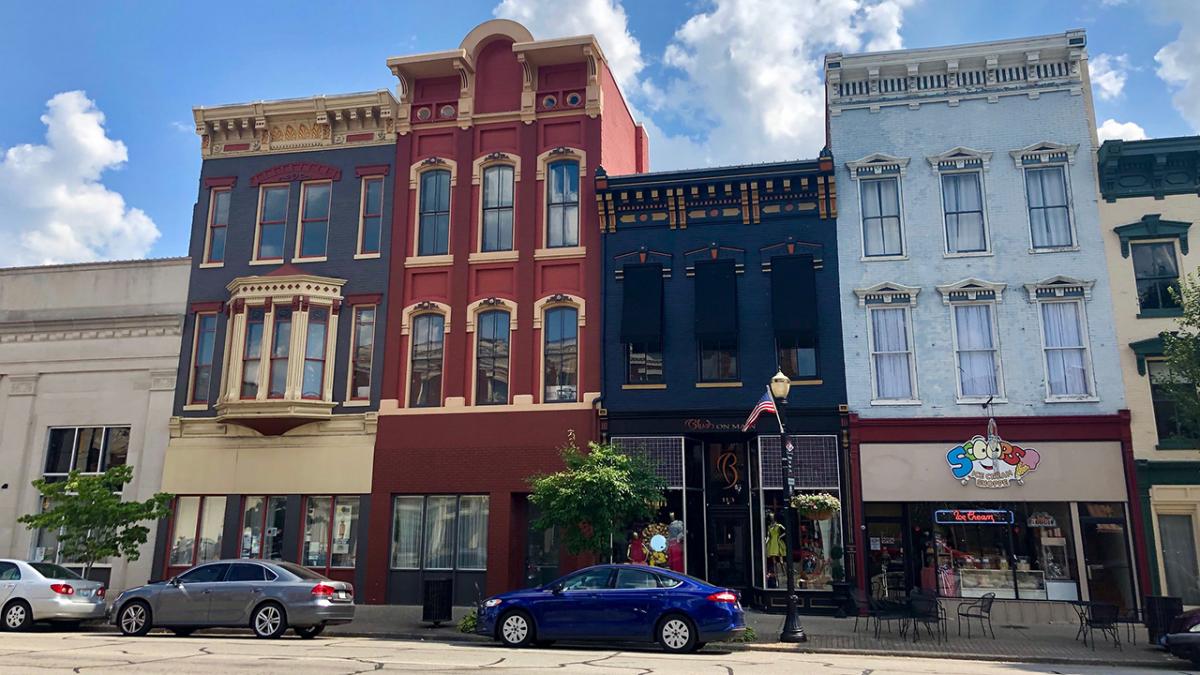Warren LeMay (Flickr/Public Domain)
Like Hamlet, who in Act 3 expresses his famous statement — “to be, or not to be, that is the question” — communities can also question themselves, asking what do they want to be? Where do they want to go? What do they want to risk reaching their goals? Is it better to do nothing and let circumstances force change, or do you take up community efforts to plan and focus for the future?
All communities are at different stages of growth or change. Some communities have the talent, willingness and leadership to get things done, while others seem to languish, unsure of the direction they want to go, or simply don’t want to change. Nebraska Extension has developed an assessment that helps a community determine if it is ready to implement action and engage its citizens to strategically plan for their preferred vision.
Community readiness is an assessment of a community’s social capacity to sustain long-term initiatives that require time and resources of community volunteers and staff. Social capacity, also referred to as social capital, is defined as having:
1). resources such as individual skills, organizational strength, and access to financial capital;
2). networks of relationships within and beyond the community;
3). leadership, both formal and informal; and
4). a history of taking collective action and problem-solving.
Studies have found that communities with strong social capacity are able to accomplish more ambitious goals and address longer-term issues. Communities with weaker social capacities may first need to build their social capacity to take on larger projects.
To measure community readiness, community members are asked questions about the energy of leadership within the community, community collaboration and trust, inclusivity, level of community engagement and capacity to think entrepreneurially and strategically. These are not “yes” or “no” questions, but a ranking of how the community perceives itself in relation to the questions. Discussion about these different areas lends to a greater understanding of where the community may focus efforts to build capacity.
A community that recently went through a readiness assessment found areas that needed to be strengthened. During discussion, a community member stated the group’s responses affirmed her thoughts and she felt she was no longer alone in her ideas. The facilitated discussion provided a neutral format in which members were able to address the issue and plan how best to create action. For example, they ranked themselves as an eight out of 20 in strategic capacity due to a lack of vision and the perception that they were not working toward the future. The community then took the next step and conducted a community-wide strategic planning process that helped to create a vision and long-term goals that will lead to proactive change.
So, the question is: to be or not to be? Is your community willing to address change and strategically think about the future, or is it going to take the slings and arrows of outrageous fortune and let the future be what it will be?
Community readiness assessments are provided by extension educators within the Department of Agricultural Economics and Rural Prosperity Nebraska.


